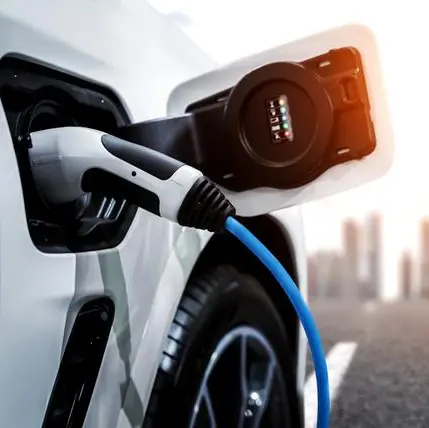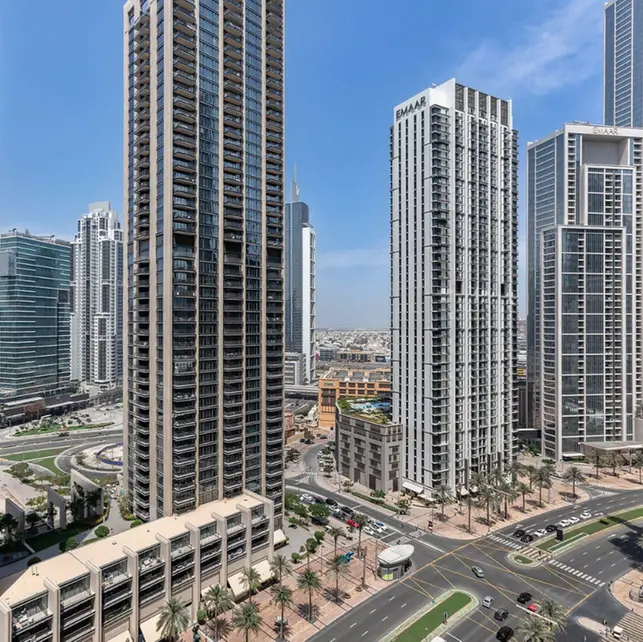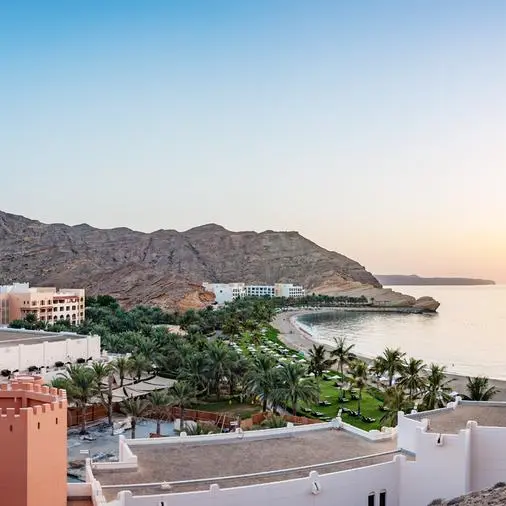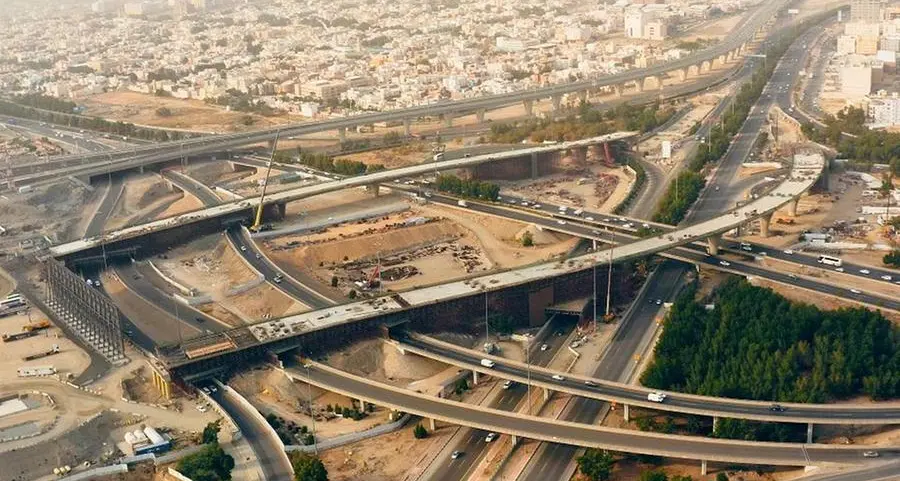The World Gold Council’s ‘Gold and climate change: Adaptation and resilience’ report identifies the key physical climate-related vulnerabilities of the gold mining industry and outlines a range of adaptation strategies to support the industry in managing the associated risks. The analysis, conducted in collaboration with climate risk and community design specialists at Stantec, summarises the climate change hazards likely to impact gold mining at local and regional levels; and describes current industry response to these impacts, while also suggesting how those responses might be enhanced.
Gold mines are often located in remote and diverse geographic locations and can have a strategic and pivotal role in local economies. Many communities may be indirectly dependent on a robust and stable gold mining industry for the provision of key capacities, infrastructure, and growth and development opportunities. By creating sustainable mining operations in the face of climate hazards, the industry can enable greater resilience at the mine site and beyond, potentially reducing the negative economic and social implications for all stakeholders.
John Mulligan, Climate Change Lead at The World Gold Council said: “Our latest research, which complements our previous analysis of the impacts of transition risks on the gold sector, indicates that the gold mining industry has demonstrated substantial awareness of the challenges imposed by physical climate impacts, and has made significant steps to introduce greater resilience at mine sites and in local communities.
“However, these steps will need to accelerate as our collective understanding of climate impacts continues to develop at a rapid rate. Our findings emphasise the opportunity for the sector to share knowledge, identify convergent and consistent methodologies, and define innovative adaptive solutions. Building on the substantial foundations identified in the report, the gold mining sector is ready to extend its capacity for greater future climate resilience.”
This latest report in our climate change series highlights seven recommendations to bring the gold mining industry closer together in its responses to physical climate change risks and in collaborating with and supporting its local supply chains and communities:
- Strive for greater sectoral consistency and knowledge sharing in defining methodologies for assessing climate vulnerability and adaptation
- Balance consideration of acute risk with a longer-term view on chronic risks
- Incorporate an acknowledgement and understanding of combined compound risks
- Integrate community risks into local vulnerability appraisals and resilience plans
- Use local and indigenous knowledge of climate change and weather impacts to inform climate risk assessment processes
- Share knowledge and resources with local communities, and adopt a multi-stakeholder approach to adaptation planning and designing for climate change resilience
- Plan for innovation, using data and technology to produce a more dynamic approach to managing climate-related vulnerabilities and potential physical hazards.
Click here to download the report: www.gold.org/goldhub/research/gold-and-climate-change-adaption-and-resilience
-Ends-
For further information please contact: Joann Joseph, Instinctif Partners E joann.joseph@instinctif.com or worldgoldcouncil_me@instinctif.com
Disclaimer
There are a wide range of factors that will influence adaptation and resilience to climate change in gold mining. These climate-related risks are typically categorised as transitional risk factors – associated with the decarbonisation of the global economy, such as policy, legal, and technology interventions, market readiness, and reputation protection – and physical risk factors, manifested in acute impacts (severe and short-term) and chronic impacts (long-term, gradual change).
Acute physical climate impacts are typically witnessed in the form of extreme weather and weather-related events, such as tropical storms, wildfires, droughts and flooding, whereas chronic impacts refer to enduring changes and shifts in, for example, average air or land temperatures, sea levels, water acidification, soil quality, and other persistent trends.
The analysis summarised in this report sits within a wider programme of research produced by the World Gold Council focused on gold’s relationship with climate change. This recent research widens our focus to include consideration of physical climate risks in addition to the previous examination of gold’s possible impacts and contributions in the context of the global transition to a low carbon economy. www.gold.org/esg/gold-and-climate-change.
About World Gold Council
We’re the global experts on gold.
Leveraging our broad knowledge and experience, we work to improve understanding of the gold market and underscore gold’s value to individuals, investors, and the world at large.
Collaboration is the cornerstone of our approach. We’re an association whose members are the world’s most forward-thinking gold mining companies. Combining the insights of our members and other industry partners, we seek to unlock gold’s evolving role as a catalyst for advancements that meet societal needs.
We develop standards, expand access to gold, and tackle barriers to adoption to stimulate demand and support a vibrant and sustainable future for the gold market. From our offices in Beijing, London, Mumbai, New York, Shanghai, and Singapore, we deliver positive impact worldwide.
You can follow the World Gold Council on Twitter at @goldcouncil and like on Facebook.



















